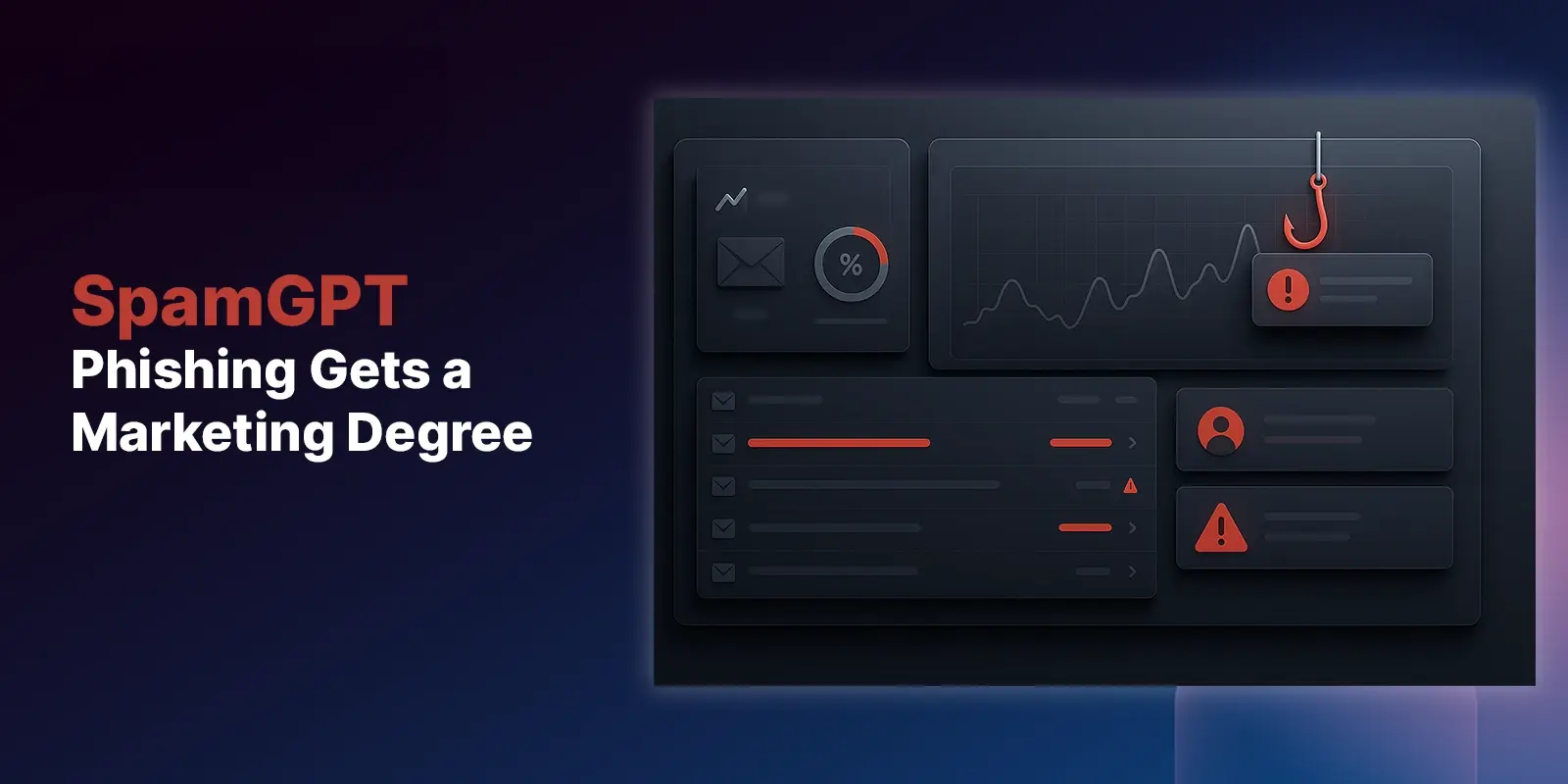Table of Contents
The holiday shopping season is crucial for retail sales. However, it's also a period when phishing attacks intensify. With over 90% of successful cyber-attacks starting from a phishing email, organizations need to be extra vigilant during these times. Omnisend reported a 28.6% increase in promotional emails during Black Friday (141 million) and Cyber Monday (118 million) in 2022 compared to the previous year. This creates fertile ground for cybercriminals to launch phishing attacks and frustrate IT and security leaders.
Below are three strategies to protect your organization from phishing threats this holiday season.
3 Tips to Protect Your Organization from Advanced Phishing Threats During the Holidays
Educating Employees on Phishing Threats
A study conducted by Sinch revealed that 68.9% of consumers prefer to hear about Black Friday deals in their email inboxes. Unfortunately, this means that cybercriminals' odds of launching a successful phishing campaign increase.
Security awareness is an important tactic to reduce the risk of a successful phishing attack, especially since employees use their work computers to check thier personal email--which typically doesn't have robust phishing protection. Employees should be trained to identify and respond to phishing threats effectively. The awareness training and testing should include a variety of current phishing scenarios. Below are a few common holiday phishing scams and tips for educating your employees to identify and report them.
- Fake Email Promotions - Teach employees to be wary of promotional emails, especially from unfamiliar sources. They should look for visual or verbal anomalies that might indicate a phishing attempt, such as blurred images or suspicious login pages.
- Fake Order Confirmations and Receipts - Employees should be cautious about opening email attachments from unknown senders and scan for suspicious content, even in seemingly legitimate emails. It's also advisable to monitor banking transactions for fraudulent activity.
- Fake Shipping Notifications - Warn employees about package delivery scams. They should verify the authenticity of email addresses and domain names before responding to any shipping notification, and when in doubt, directly contact the service provider through trusted channels.
TIP for IRONSCALES Customers and Partners - Leverage one of our pre-built recommended phishing simulation testing campaigns to identify phishing risks.
Enhanced AI Filtering for Image-Based Attacks
The rise of complex phishing techniques, such as quishing and image-based attacks, necessitates an adaptive AI solution to detect and remediate sophisticated attacks automatically. A multi-modal ML approach to image-based phishing attacks should leverage optical character recognition (OCR) to detect text within images, deep text analysis with natural language processing to identify behavior anomalies, and image processing to analyze images for suspicious elements. This comprehensive approach helps identify and block sophisticated phishing attacks that traditional filters might miss.
Implementing Strong Password Policies
Finally, remind employees that strong passwords are vital for cybersecurity. Passwords should be long, complex, and unpredictable. Most importantly, passwords should be unique and never reused. Regularly updating passwords and avoiding common information boosts their effectiveness. Furthermore, combining strong passwords with Multi-Factor Authentication (MFA) enhances security.
Explore More Articles
Say goodbye to Phishing, BEC, and QR code attacks. Our Adaptive AI automatically learns and evolves to keep your employees safe from email attacks.

/Concentrix%20Case%20Study.webp?width=568&height=326&name=Concentrix%20Case%20Study.webp)













.webp?width=100&height=100&name=PXL_20220517_081122781%20(1).webp)


